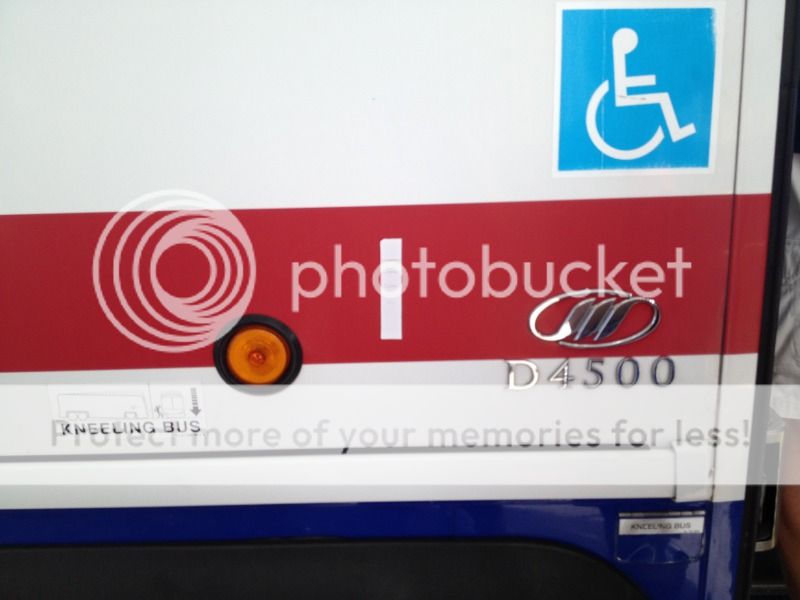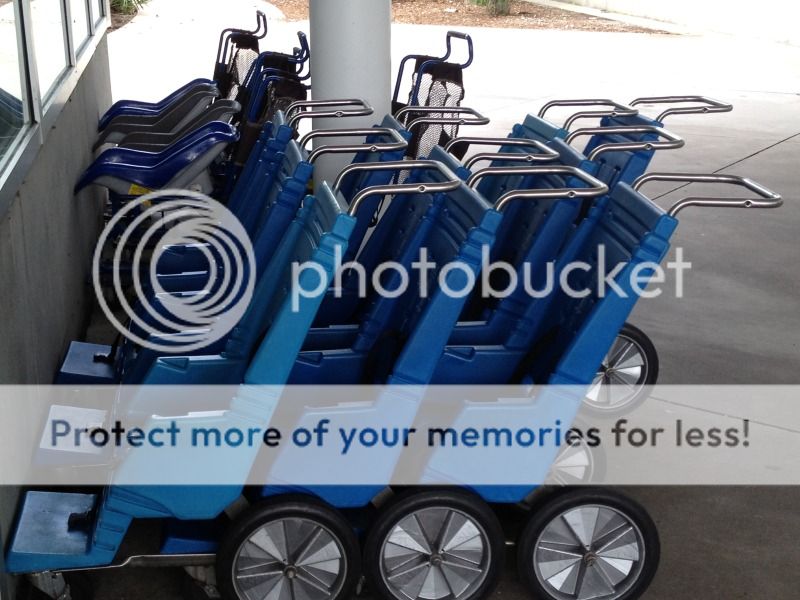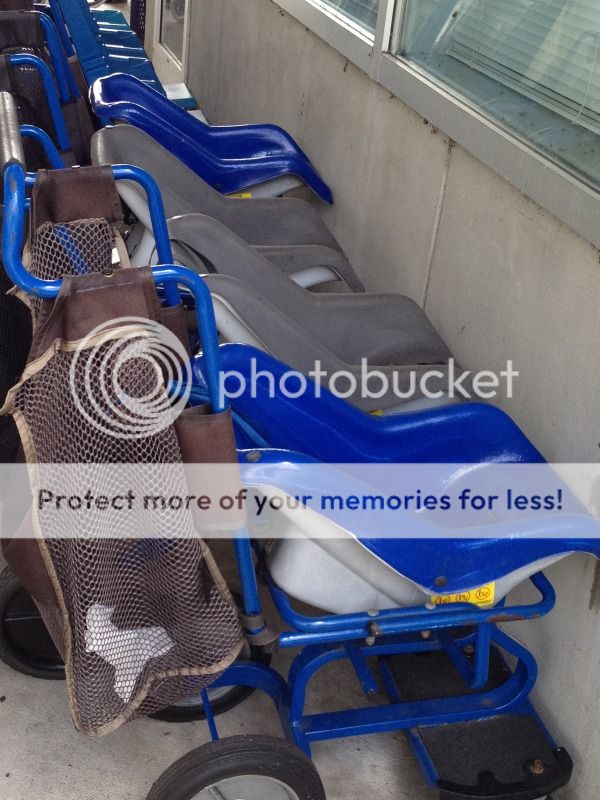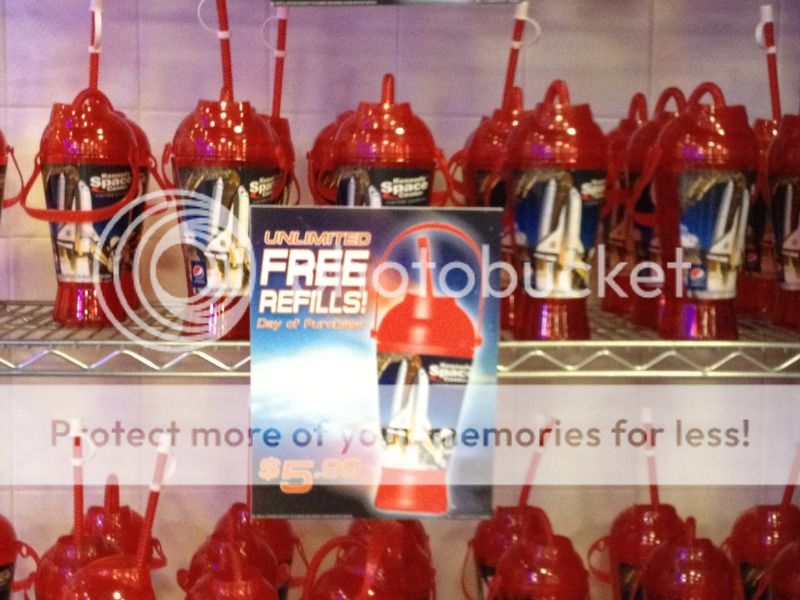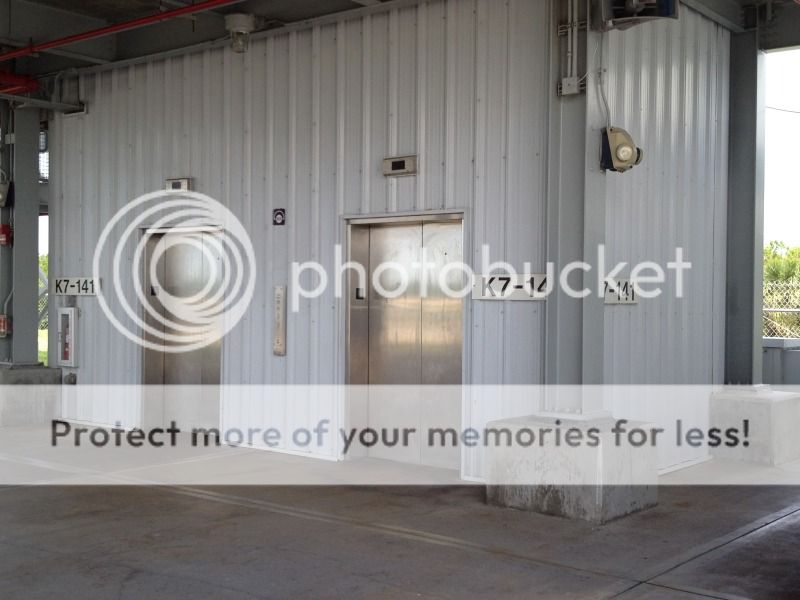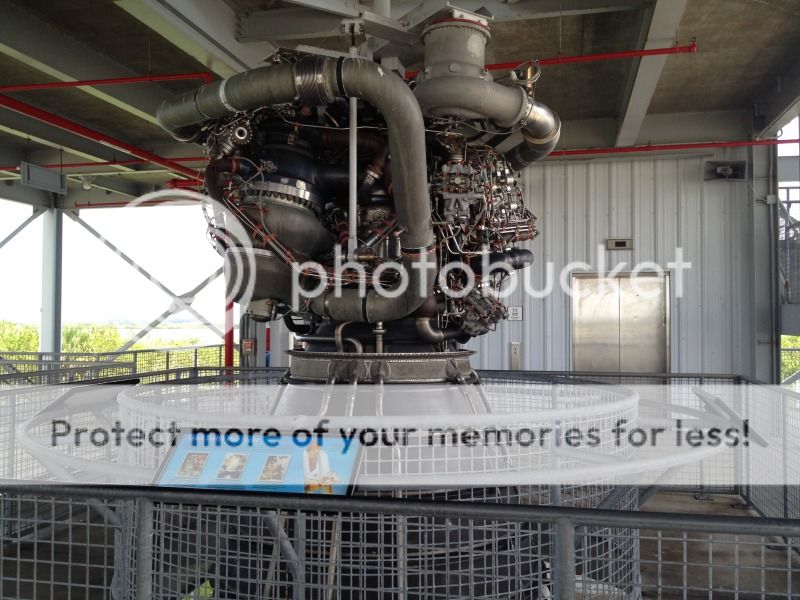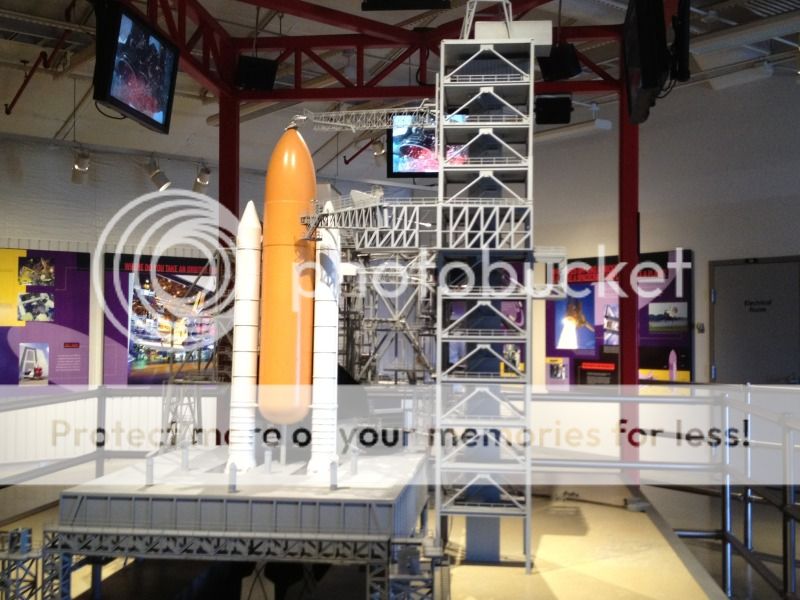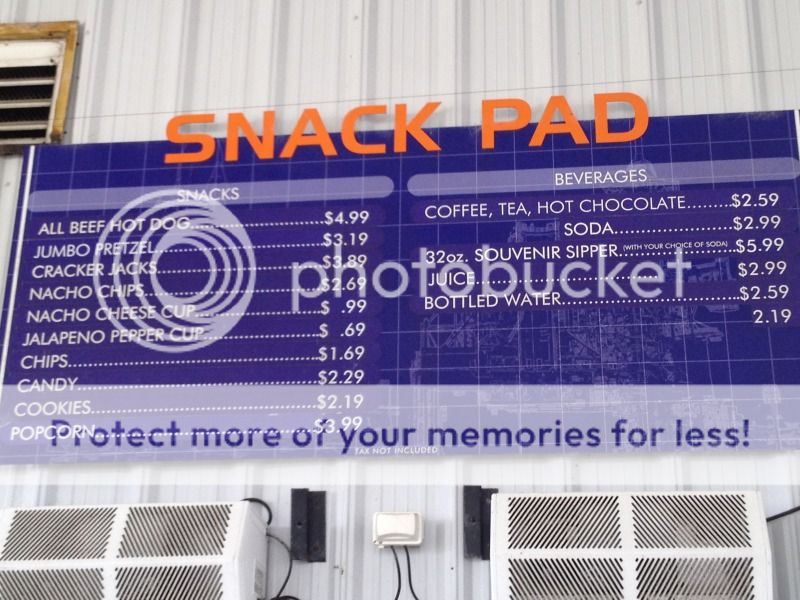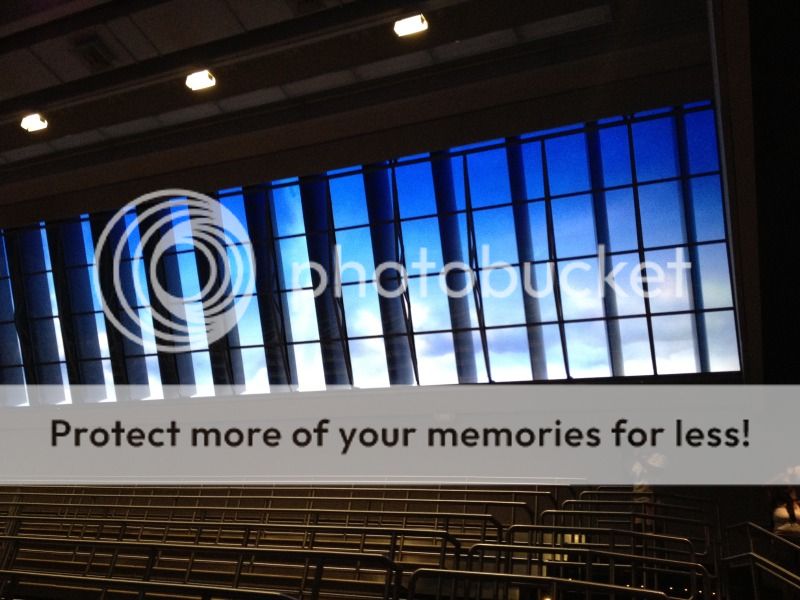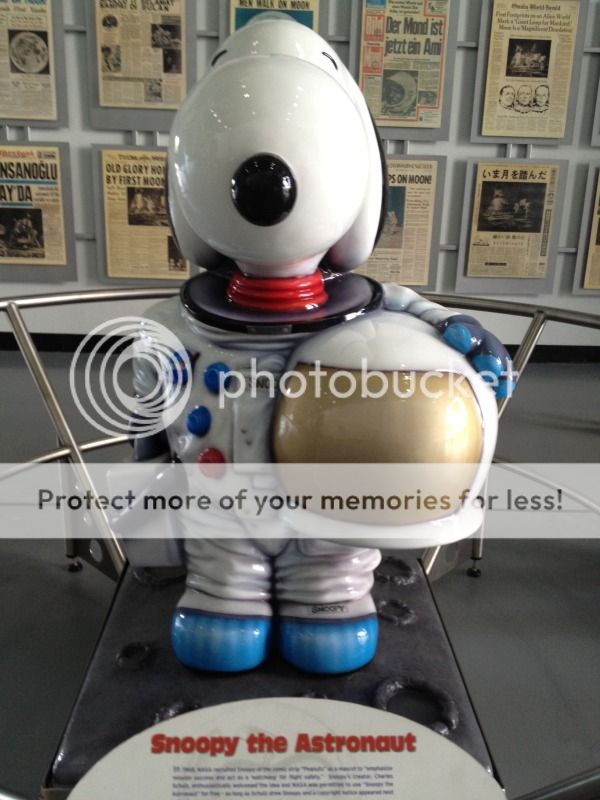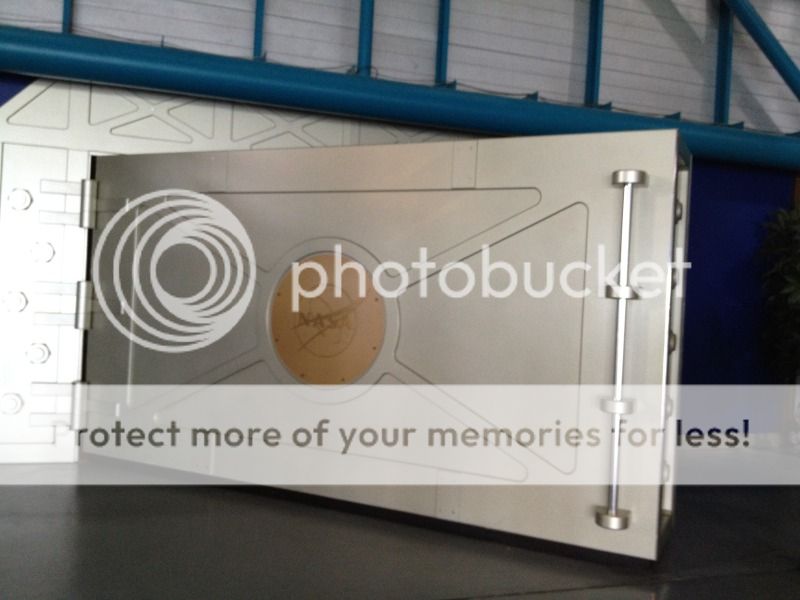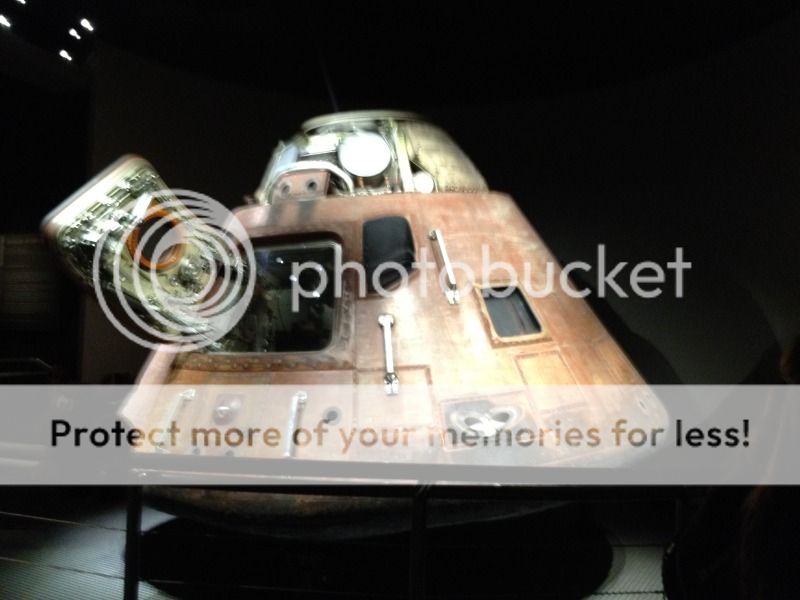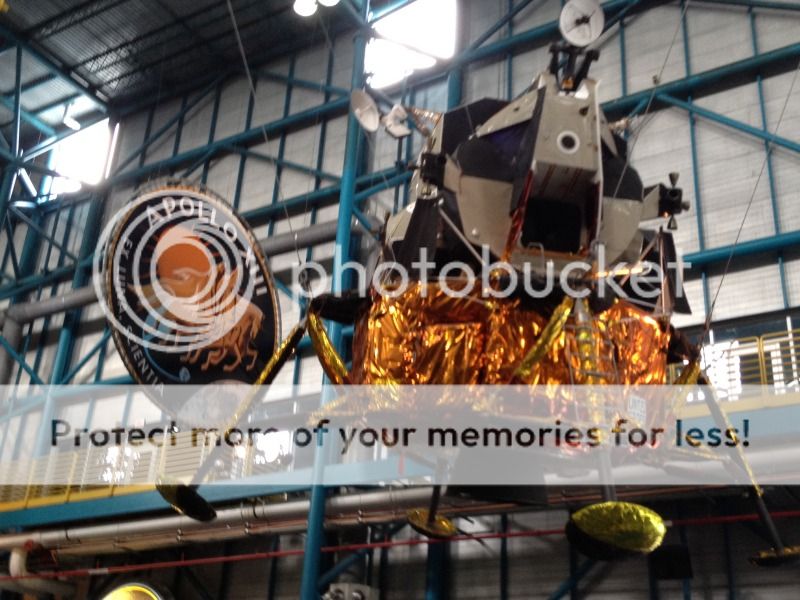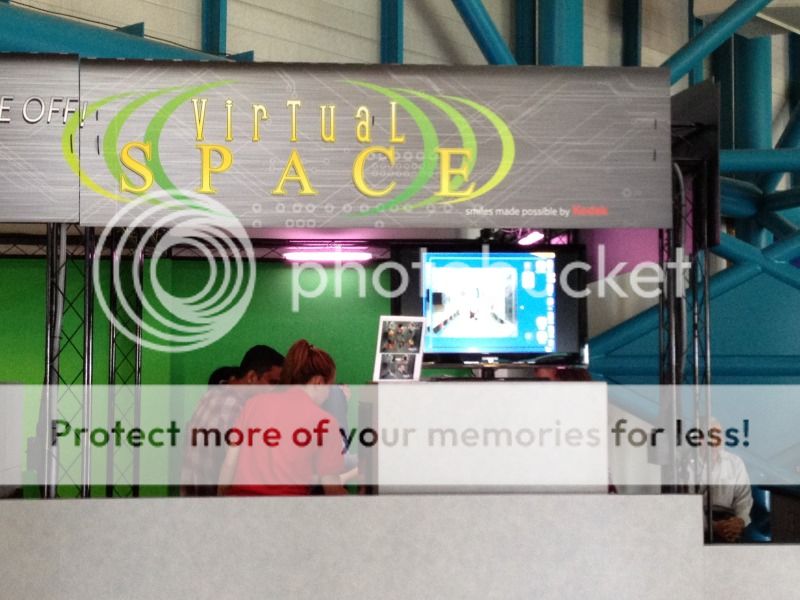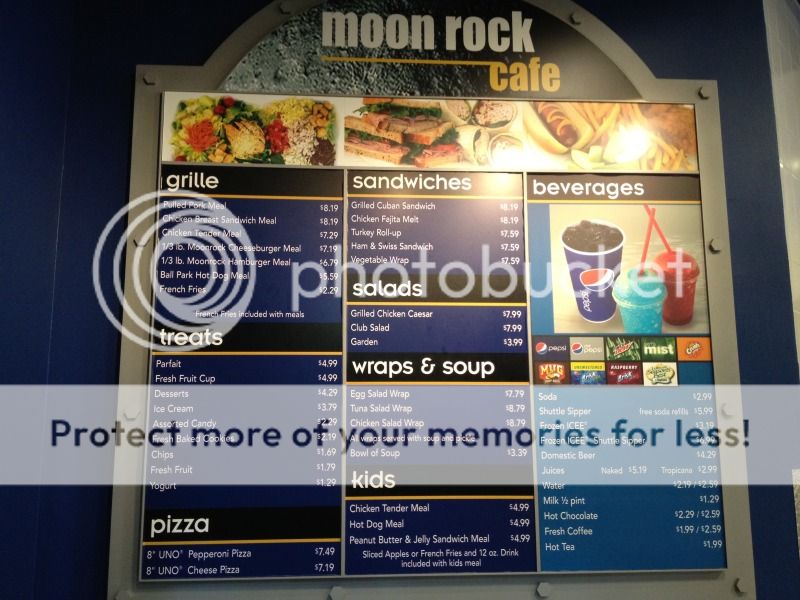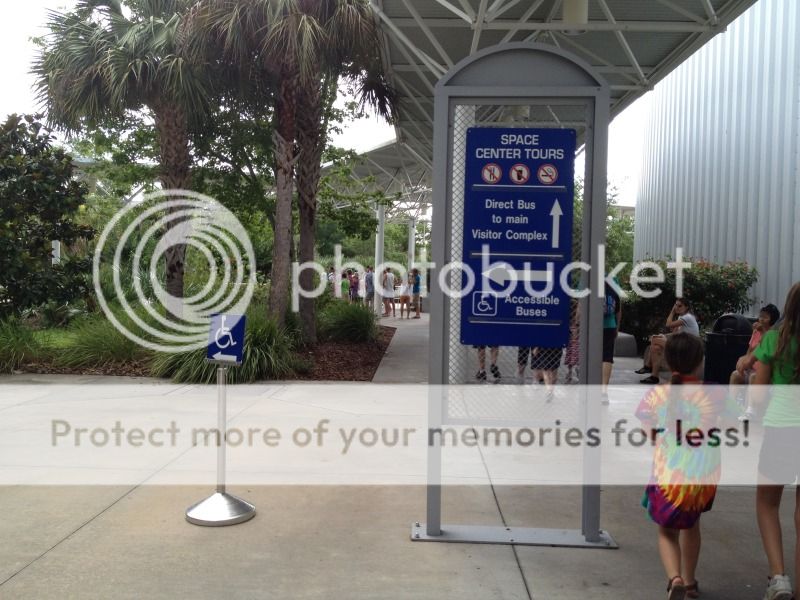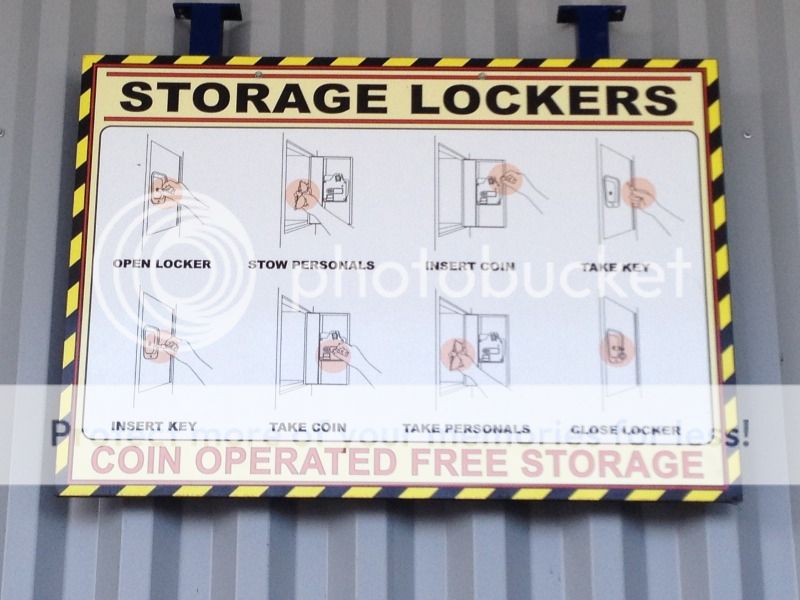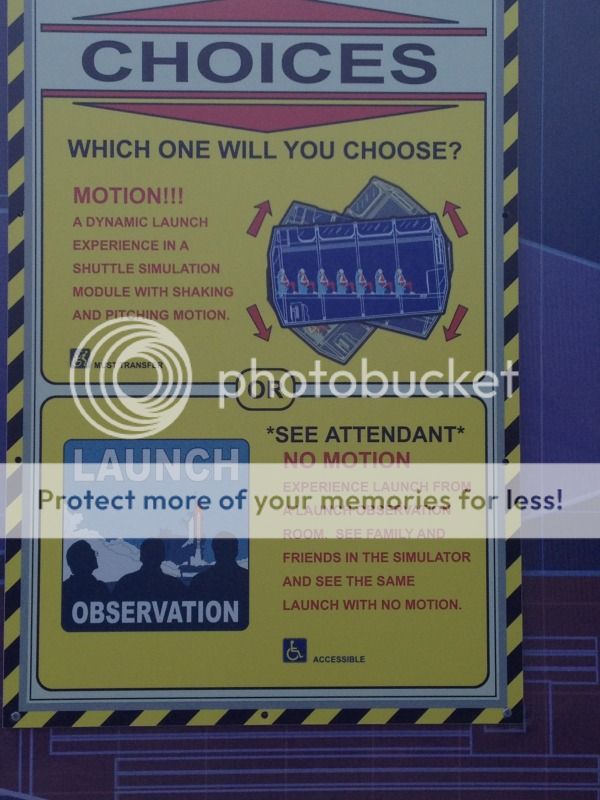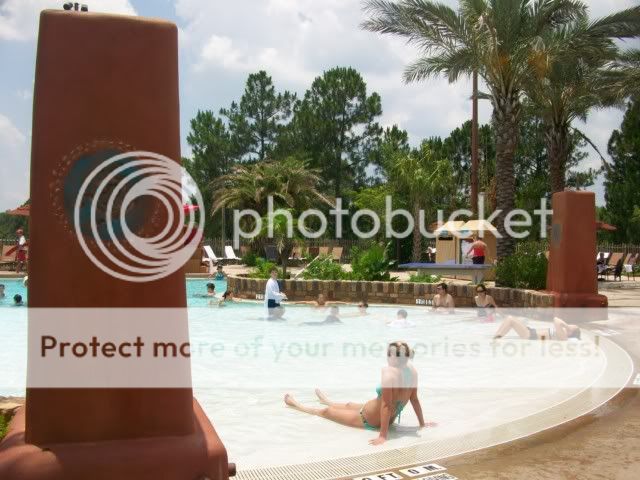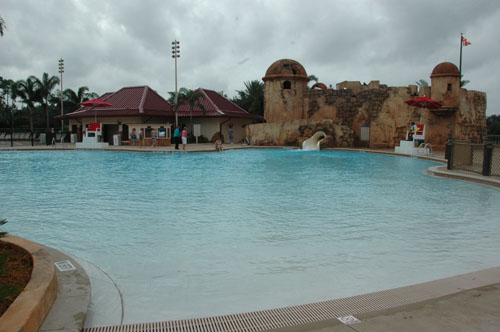- Joined
- Aug 23, 1999
This thread is going to be a place to find information that would be useful to people touring WDW and the general Orlando area with disabilities. It is not meant to answer everything, just to be a place to collect/find helpful information.
To keep it from getting to 200 pages (and not being useful at all), it's going to be a locked thread that I add information. Each post will be a different subject. If you have any information, you'd like to see added, pm me.
NOTE: I update/edit information in this thread as things change. Each post in the thread has a date in the top line of the post. This is a 'time/date stamp' that was generated when the post was first made. It is used by the computer the information is stored on and it never changes. Most of the dates are June 2004, when I started this thread, but all of the posts have been edited at various times since then.
If you scroll all the way to the bottom of that post, you can see when that particular post was last edited.
This is an index to what each post in this thread is about:
To keep it from getting to 200 pages (and not being useful at all), it's going to be a locked thread that I add information. Each post will be a different subject. If you have any information, you'd like to see added, pm me.
NOTE: I update/edit information in this thread as things change. Each post in the thread has a date in the top line of the post. This is a 'time/date stamp' that was generated when the post was first made. It is used by the computer the information is stored on and it never changes. Most of the dates are June 2004, when I started this thread, but all of the posts have been edited at various times since then.
If you scroll all the way to the bottom of that post, you can see when that particular post was last edited.
This is an index to what each post in this thread is about:
- Post 2: Wheelchair, ECV, Equipment and Accessible Van Rental
- Post 3: Helpful Links: Links to WDW official websites, other helpful websites and past DIS Board threads
- Post 4: Riding WDW Buses with a wheelchair or ECV
- Post 5: ECVs and Cars
- Post 6: DAS (Disability Access Service) - also see linked posts about DAS at WDW and at Disneyland Park
- Post 7: Information about WDW Resorts and WDW Phone numbers for Contact
- Post 8: Parking, WDW Boats, Monorails, Specialty Cruises at the parks
- Post 9: Universal
- Post 10: Sea World, Discovery Cove and Busch Gardens Tampa
- Post 11: Basic accessibility lists for each park. Includes Mobility Access entrances from WDW Disabilities park maps, attractions requiring a transfer from wheelchair or ECV.
- Post 12: Kennedy Space Center - including Random Ninja's review of Kennedy Space Center
- Post 13: Disney Cruise Line
- Post 14: DisneyLAND
- Post 15: Air travel, Orlando specific and some general travel hints
- Post 16: DME (Disney's Magical Express)
- Post 17: Zero entry pools
- Post 18: MK attractions and Accessibility. Lists which have a difficult step on and which have a wheelchair car
- Post 19: Epcot attractions and Accessibility. Lists which have a difficult step on and which have a wheelchair car
- Post 20: Disney Hollywood Studios and Accessibility. Lists which may be difficult to board and which have a wheelchair car
- Post 21: Animal Kingdom and Accessibility. Lists which may be difficult to board and which have a wheelchair car
- Post 22: Attractions where guests must stand unless they have mobility device
- Post 23: Attractions with Warnings
- Post 24: Attractions with bright or flashes of light
- Post 25: More about Wish Trips for children with serious medical conditions
- Post 26: Attractions that are good places to cool off
- Post 27: Attractions that may cause problems for people with claustrophobia
- Post 28: Attractions with moving walkways and stairs
- Post 29: Contacting WDW with questions, complaints or comments
- Post 30: Travel to WDW with oxygen
- Post 31: WDW attractions with a long leg cast
- Post 32: walkers, rollators, leg walkers and other mobility devices
- Post 33: Cheshire Figment's information about Legoland Florida
- Post 34: Mobility seating for shows - list of shows/theaters are the location of mobility seating
Last edited:

